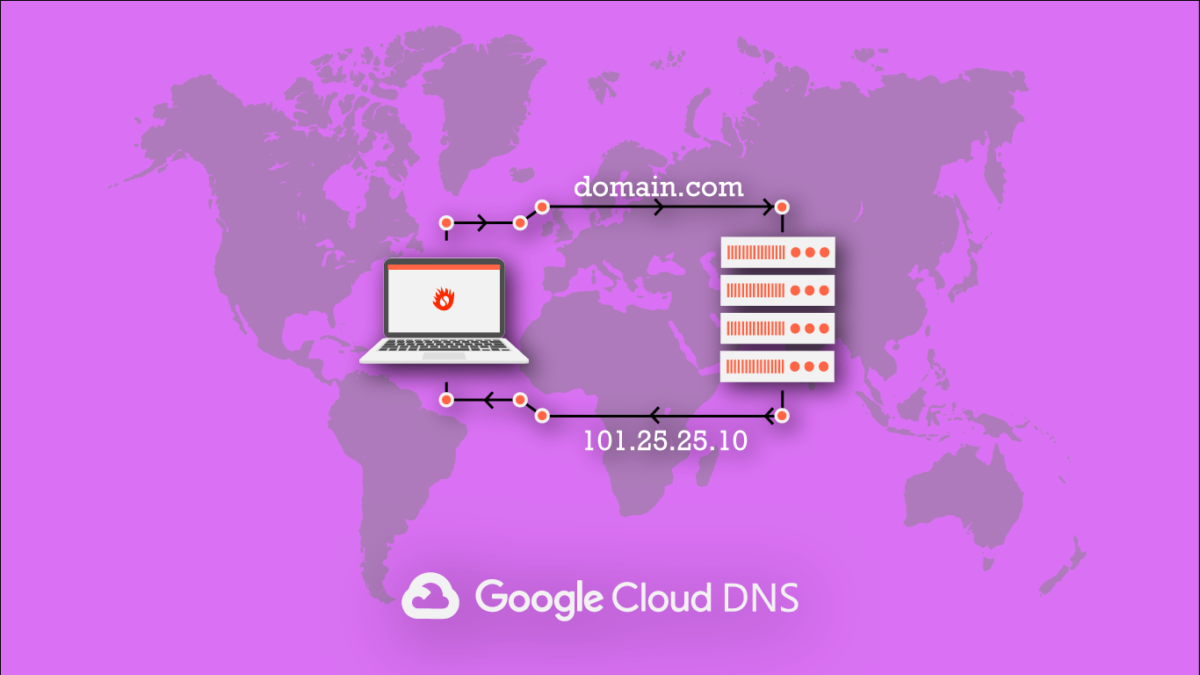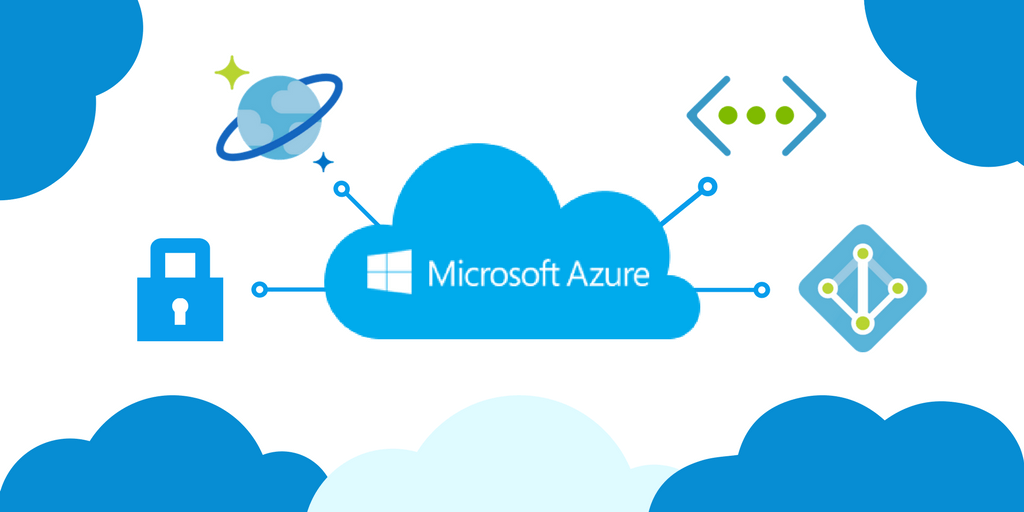Your cart is currently empty!
Category: VPS
-

Apt update slow? Try this fix
On a cloud instance with a slow disk, running the dreaded
(more…)apt update && apt upgradecould take an eternity. But what if I tell you it may actually not be a disk IOPS issue? -

Google Cloud DNS will serve randomized records from 27 Mar 2020
Currently, Cloud DNS name servers return resource record sets in the order in which they were defined.
In alignment with DNS industry practices, Cloud DNS name servers will begin randomizing the order of the resource record sets starting on March 27, 2020. This will apply to both public and private Cloud DNS zones.
(more…) -

Removing WALinuxAgent from your Azure instance
Azure’s supplied Linux images come preinstalled with the Azure Linux Agent, a process that manages virtual machine interaction with the Azure Fabric Controller, such as providing the oh-so-useful availability status and the VM name to Azure. It also performs self-updates, by the way.
(more…) -

Installing Caddy as a service in your cloud instance
Caddy should be everyone’s server of choice. Especially lazy people, and that’s everyone. This blog is served by Caddy. It is a modern web server written in Go. It does automatic HTTPS configuration. TF is automatic you ask? Take this blog for example – if it were to run in Nginx, the config file would look like this:
(more…) -

Google starts charging for public IPv4 addresses in GCP
If you have taken a look in your January 2020 invoice from your GCP subscription, you would notice a new line that resembles this:
Compute Engine External IP Charge on a Standard VM: xxx.xxx Hours [Currency conversion: USD to SGD using rate 1.352]
(more…)Edit: Google is currently discounting the public IP charges 100% for the first 3 months until 1 April 2020.
-

1-year free cloud instance with 3TB transfer
Came across a free 12 months VPS offer. You get a full year’s worth of cloud instance with 1 vCPU, 1GB RAM, 40GB SSD as well as 3TB data transfer. That is 750 hours per month of free usage, which you can either leave it on 24/7, or spin up 750 instances for 1 hour. Either way, it is within the free tier.
(more…) -

AWS Lightsail US$3.5/mo instance reviewed
This is a personal, independent review of the service which I have paid for, and is in no way affiliated with AWS.
As mentioned in the inauguration article, I was in the market for a VPS with excellent internet connectivities to improve my streaming experience for content hosted in certain countries. My household streaming consumption is about 1.6TB per month, of which about a quarter, or 400GB, could use some accelerations.
(more…) -

Comparing cloud instance performance across different providers
If you have been in the market of shopping for a cloud instance, you will notice the offerings are deceptively similar: 1 vCPU + 1GB memory with a 20GB disk and 1TB bandwidth, for the same price. Are they really similar though?
Far from it.
(more…) -

Quick config and optimization of your cloud instance
So you’ve got your first Linux VM, hurray! Here is a quick prep guide to get it up to speed.
In this example (and throughout this blog), I’ll assume you’re using the Debian-based Ubuntu 18.04 LTS – which is ideal as it comes with newer software packages and is quite a bit easier to manage than CentOS.
Setting hostname and timezone
After SSH-ing into the terminal, the first two things you’d want to do is update the hostname and timezone settings of your VM. These can be done by the following commands:
(more…)